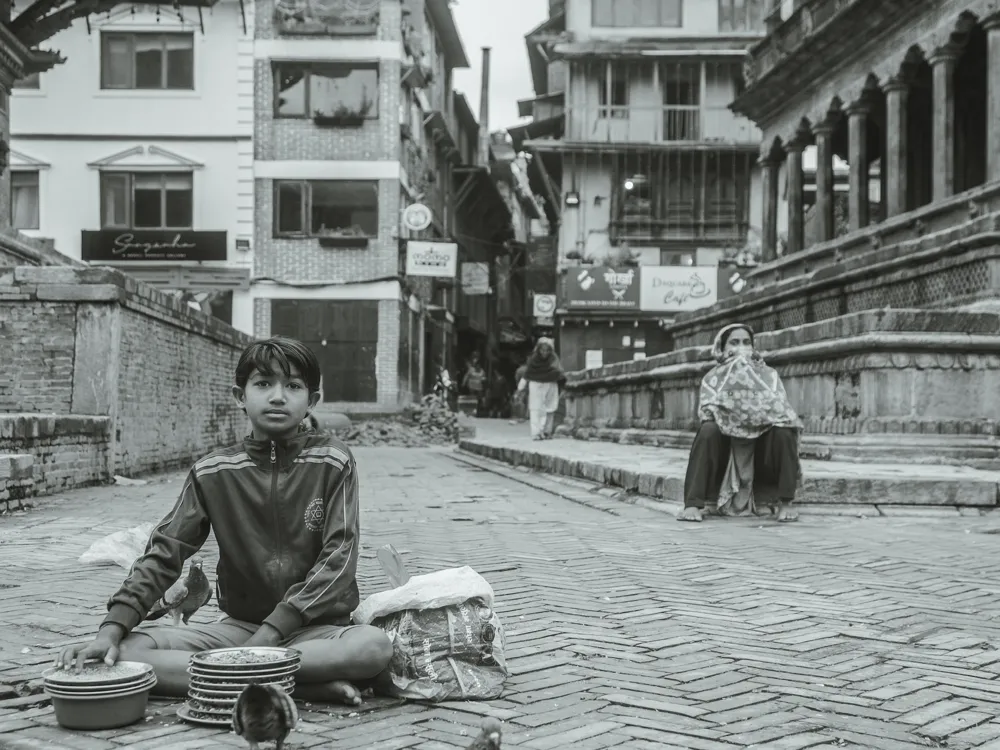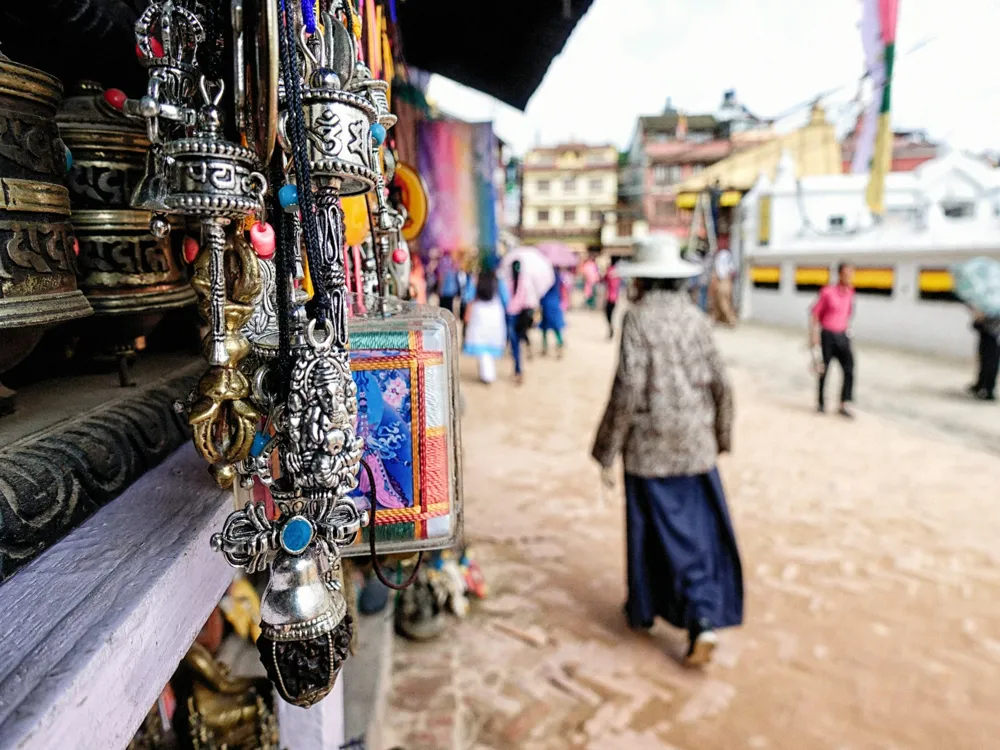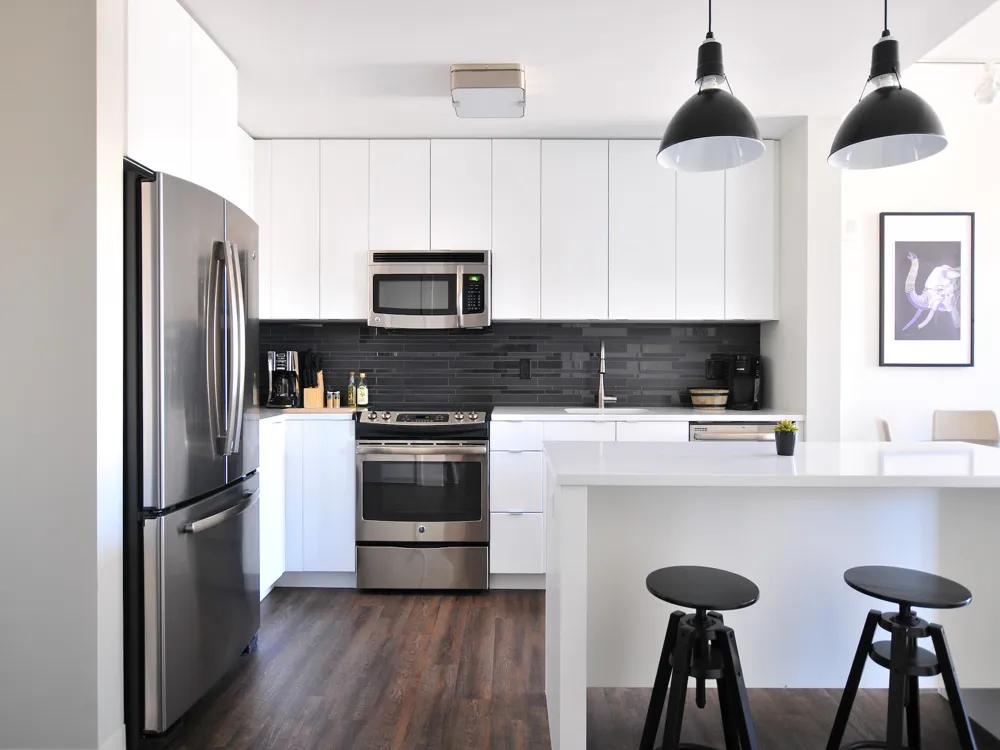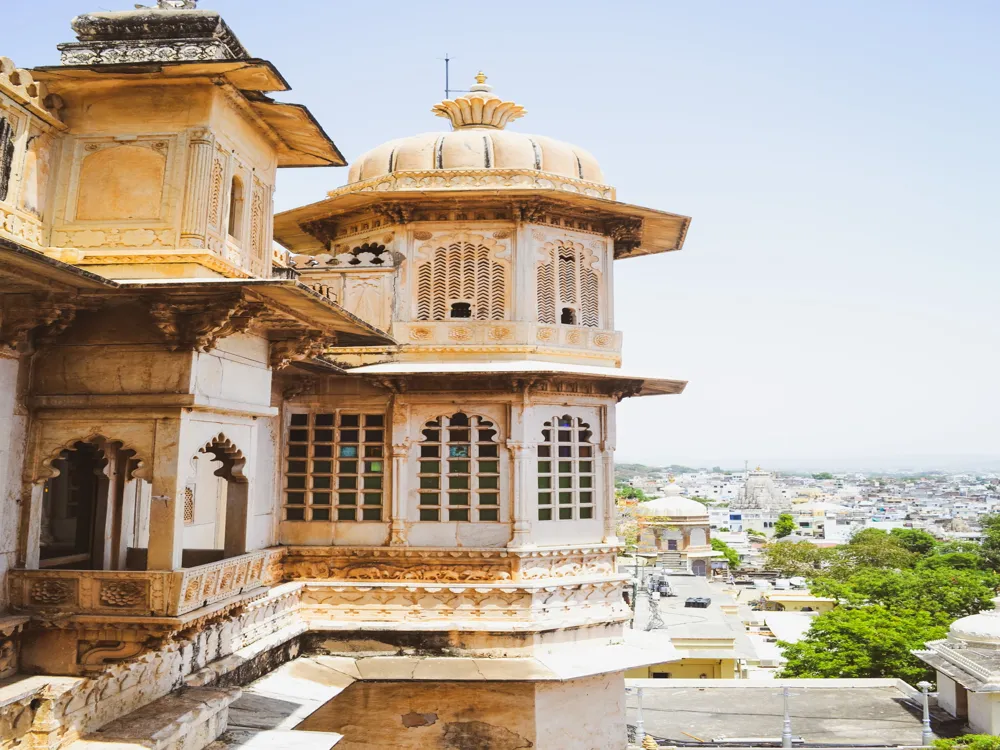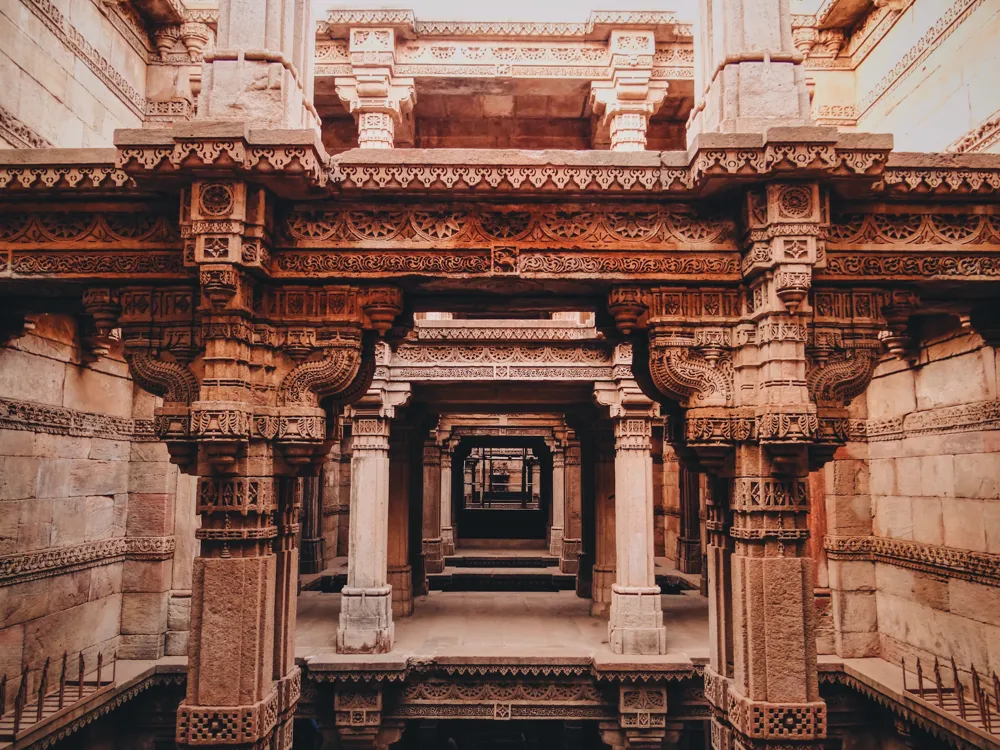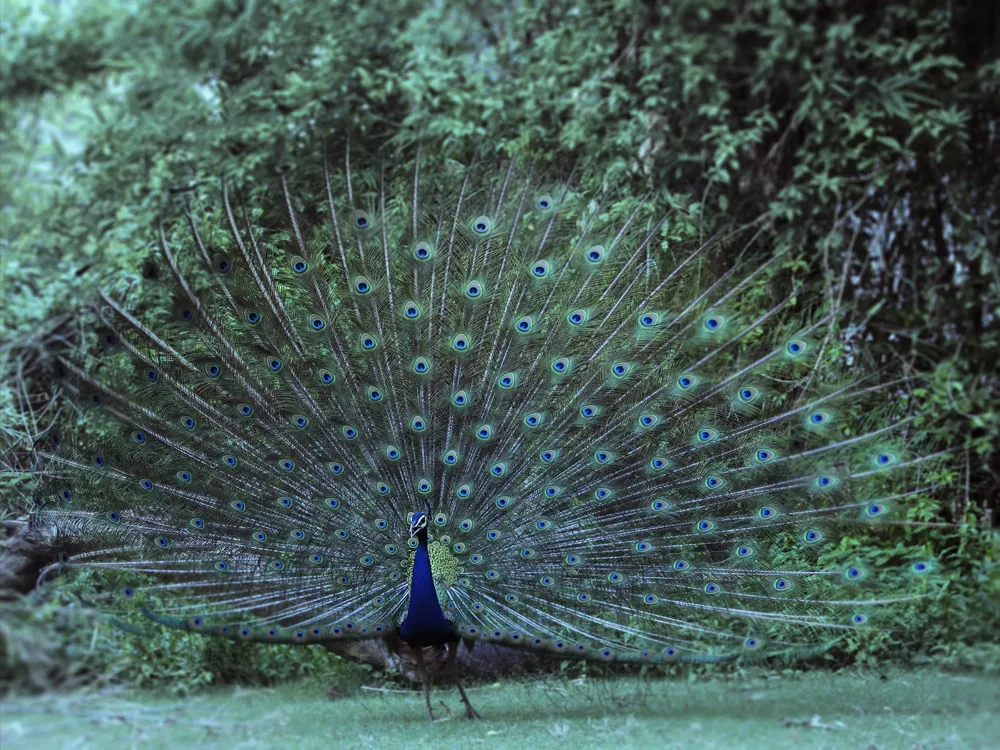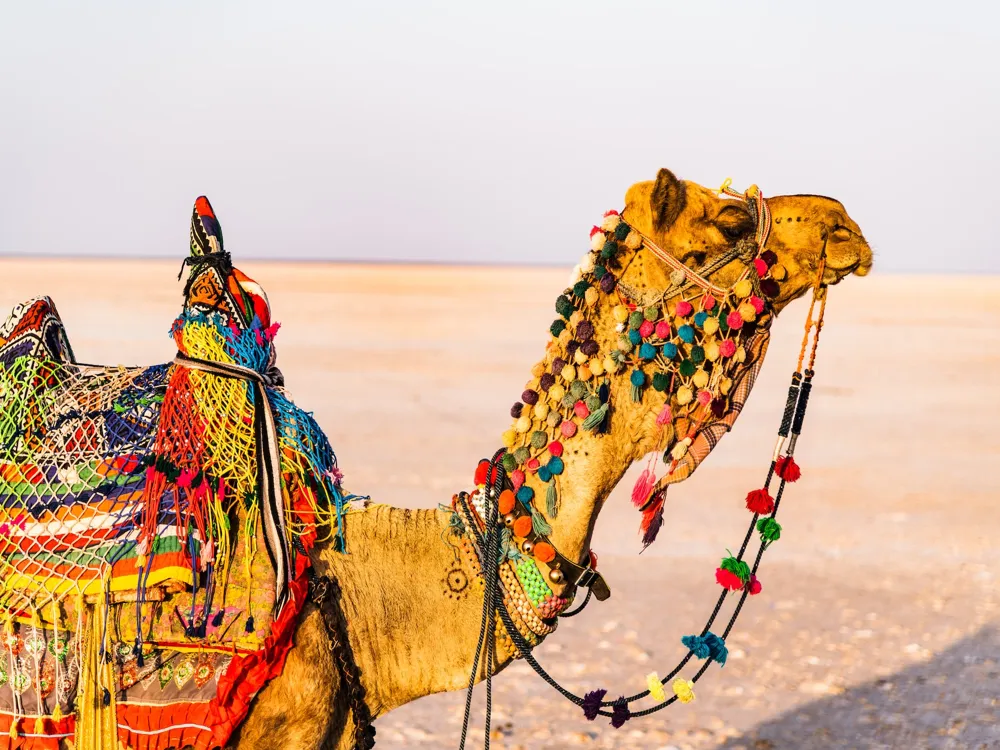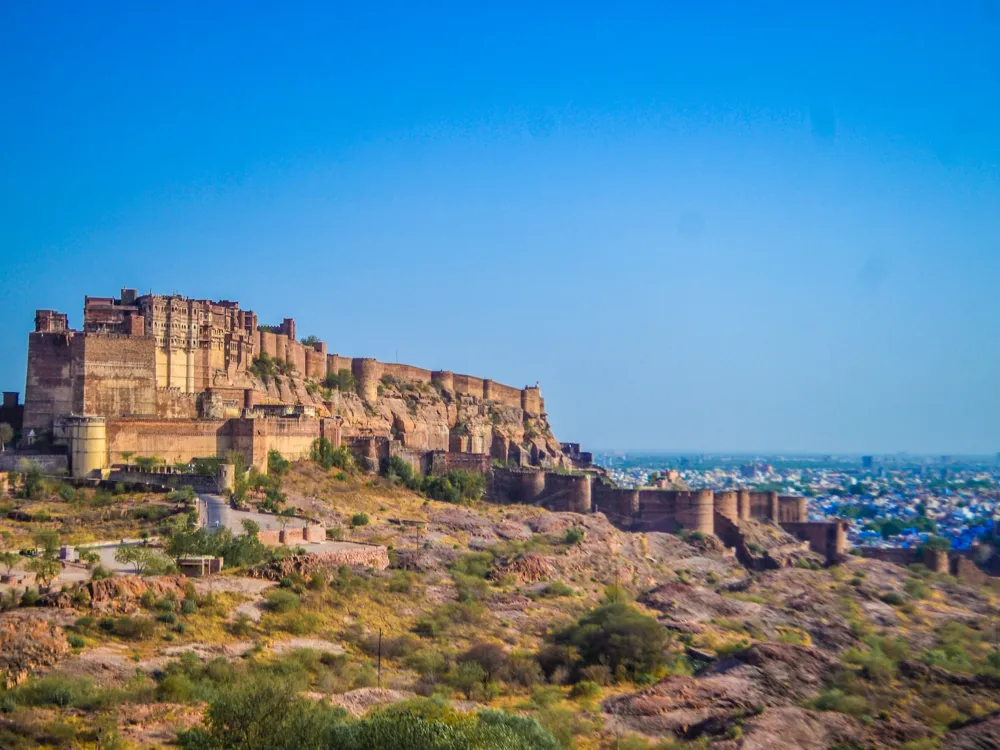Patan Durbar Square, nestled in the heart of the vibrant city of Patan Nepal, stands as a testament to the country's rich cultural and historical heritage. This architectural gem, a part of the UNESCO World Heritage Sites since 1979, is the epitome of ancient Newari architecture and is steeped in history. The square is surrounded by stunningly crafted palaces, temples, and courtyards, each telling a story of Nepal's medieval era. Patan, also known as Lalitpur or the 'City of Beauty', is one of the three royal cities in the Kathmandu Valley and is renowned for its artistic heritage. Patan Durbar Square is the pulsating heart of this city, attracting thousands of visitors, historians, and art enthusiasts from around the globe. The history of Patan Durbar Square is as fascinating as its architecture. The square's origins date back to the 3rd century when Patan was a flourishing city under the Malla dynasty. The majority of the structures we see today were constructed between the 16th and 18th centuries, during the reign of the Malla kings. The square was not only the center of Patan's religious and social life but also the seat of the kingdom's royal palace. The intricate carvings, statues, and architecture reflect the craftsmanship and the religious devotion of the Newari people. The devastating earthquake of 2015 brought significant damage to the square, but restoration efforts have been remarkable, bringing back its ancient glory. The architecture of Patan Durbar Square is a marvel of Newar craftsmanship. The square is a harmonious blend of pagoda and shikhara-style temples, stupas, and bahals (courtyards), which showcase the skill and religious devotion of the Newari artisans. These structures are adorned with intricately carved windows, doors, and struts, featuring deities, mythical creatures, and religious motifs. The Krishna Mandir, constructed entirely of stone, is a significant highlight. This temple, dedicated to Lord Krishna, stands out for its 21 golden pinnacles and is considered a masterpiece of Shikhara architecture. Another notable structure is the Taleju Bhawani Temple, which was once restricted to the royals only. The three main courtyards - Mul Chowk, Sundari Chowk, and Keshav Narayan Chowk, each have their unique features and importance. Mul Chowk is the largest and holds a two-story temple dedicated to Taleju Bhawani. Sundari Chowk houses the Tusha Hiti, a beautifully carved sunken water tank. Keshav Narayan Chowk, on the other hand, contains the Patan Museum, housing an extensive collection of Nepalese art. The museum, itself a work of art, offers insight into the history, culture, and craftsmanship of the Kathmandu Valley. While Patan Durbar Square can be visited throughout the year, the best time to experience its true essence is from September to November. The weather is pleasant, and the sky is clear, offering a splendid view of the architecture against the backdrop of the Himalayas. This period also coincides with several festivals, adding to the cultural experience. To fully appreciate the historical and architectural significance of Patan Durbar Square, consider taking a guided tour. Knowledgeable local guides can provide insights into the history, legends, and architectural details that you might otherwise miss. The square is a photographer's paradise, but be respectful of local customs. Ask for permission before taking photos of the locals or religious ceremonies. Early mornings or late afternoons offer the best light for photography, casting a golden hue over the temples and palaces. As a place of religious and cultural significance, it's important to dress modestly and behave respectfully. Remove your shoes before entering temples and avoid touching carvings or religious artifacts. Patan Durbar Square is easily accessible from various parts of Kathmandu Valley. If you're staying in Kathmandu, you can reach Patan by taxi, local bus, or even by hiring a bicycle. The journey by road takes about 20 to 30 minutes from central Kathmandu, depending on traffic. For those preferring public transport, buses frequently ply between Ratna Park in Kathmandu and Patan. Once in Patan, the Durbar Square is within walking distance from most parts of the city, making it convenient for visitors to explore the area on foot. Read More:Overview of Patan Durbar Square in Patan, Nepal
Architecture of Patan Durbar Square
Tips When Visiting Patan Durbar Square
Best Time to Visit
Guided Tours
Photography Tips
Respect Local Customs
How To Reach Patan Durbar Square
Patan Durbar Square
Patan Nepal
NaN onwards
View patan-nepal Packages
Weather :
Tags : Historical Site
Timings : Ticket Counter Timings - Tuesday to Saturday - 10:30 AM to 4:30 PM and on Sundays - 10:30 AM to 2:30 PM
Entry Fee : Nepali Nationals
Dubar Patan Square - Free (except museum)
Museum - NPR 30
Student ID Entry - NPR 20
School Lettered Entry - NPR 10
SAARC Individuals
Sqaure and Museum Entry - NPR 250
Foreign Nationals
NPR 1000
These tickets are valid for 24 hours, which would give you an entire day to roam around the square and see all the attractions it has to offer.
Planning a Trip? Ask Your Question
Patan-nepal Travel Packages
View All Packages For Patan-nepal
Top Hotel Collections for Patan-nepal

Private Pool

Luxury Hotels

5-Star Hotels

Pet Friendly
Top Hotels Near Patan-nepal
Other Top Ranking Places In Patan-nepal
View All Places To Visit In patan-nepal
View patan-nepal Packages
Weather :
Tags : Historical Site
Timings : Ticket Counter Timings - Tuesday to Saturday - 10:30 AM to 4:30 PM and on Sundays - 10:30 AM to 2:30 PM
Entry Fee : Nepali Nationals
Dubar Patan Square - Free (except museum)
Museum - NPR 30
Student ID Entry - NPR 20
School Lettered Entry - NPR 10
SAARC Individuals
Sqaure and Museum Entry - NPR 250
Foreign Nationals
NPR 1000
These tickets are valid for 24 hours, which would give you an entire day to roam around the square and see all the attractions it has to offer.
Planning a Trip? Ask Your Question
Patan-nepal Travel Packages
View All Packages For Patan-nepal
Top Hotel Collections for Patan-nepal

Private Pool

Luxury Hotels

5-Star Hotels

Pet Friendly








